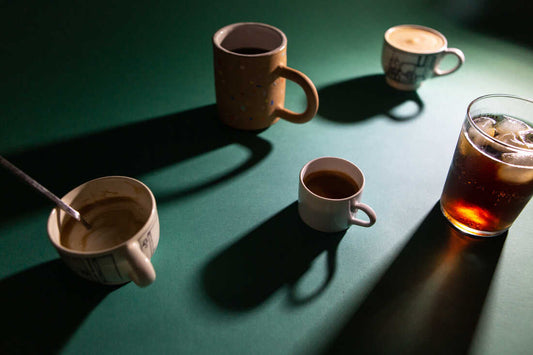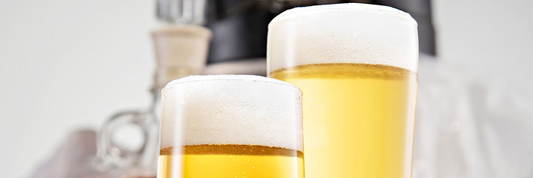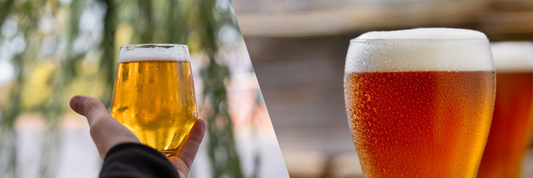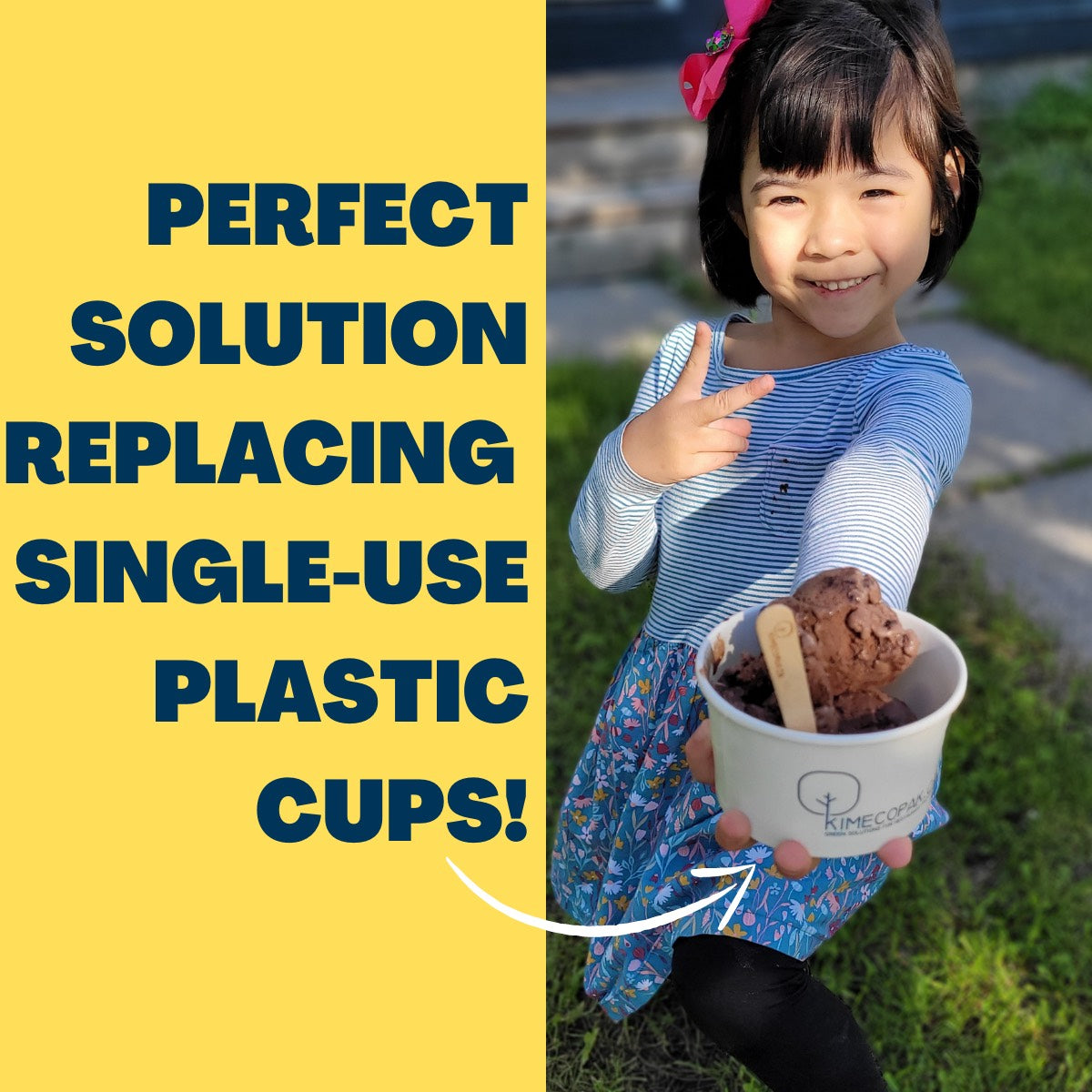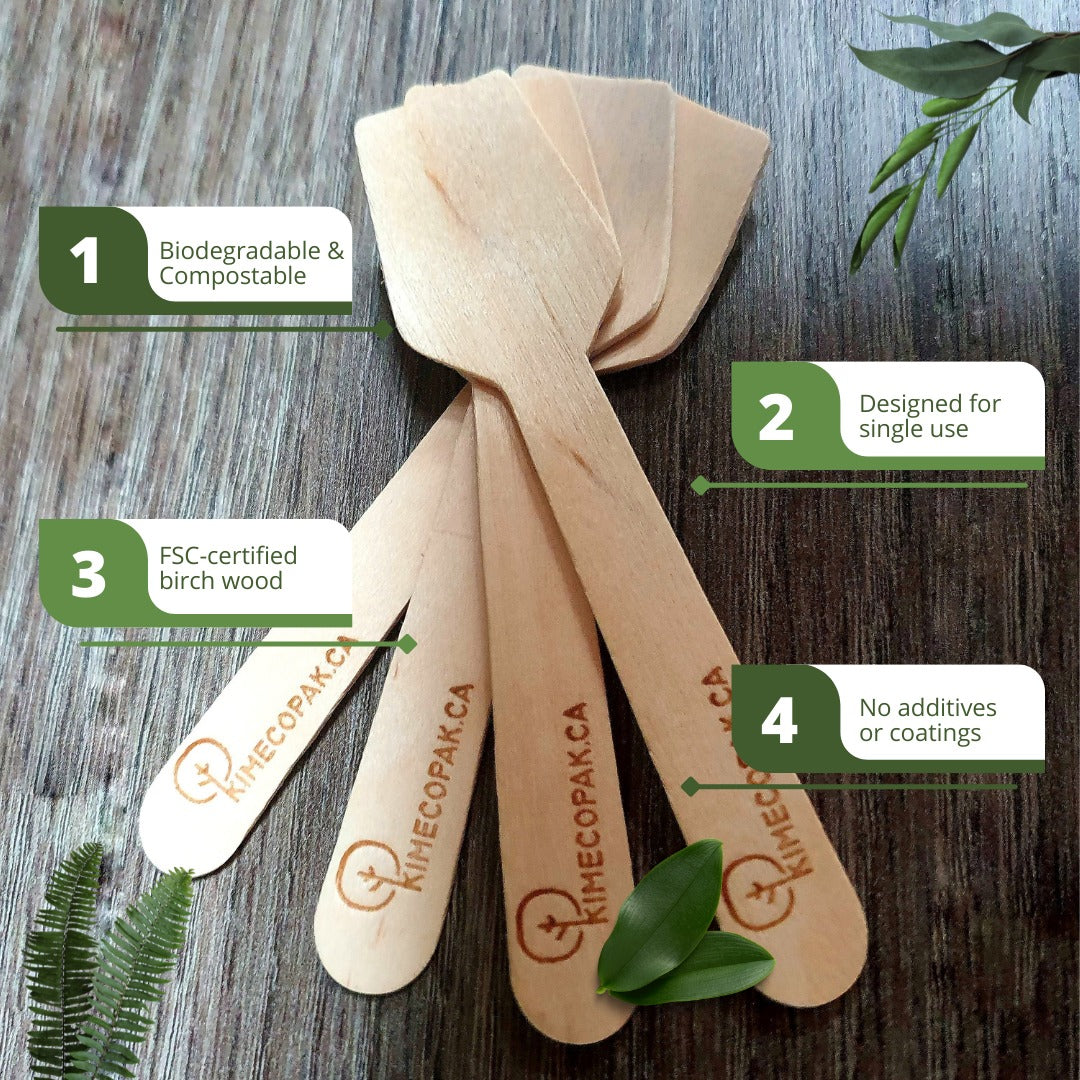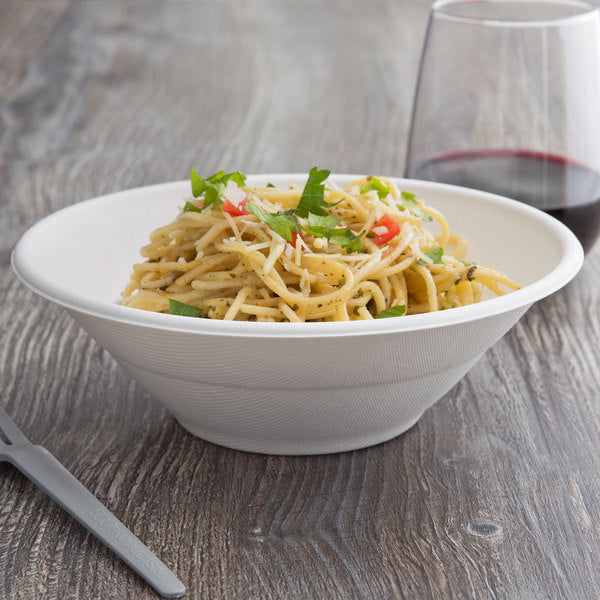A cake server is more than just a utensil; it's a tool that can enhance the presentation and enjoyment of a cake. In this article, we'll discuss different types, sizes, and materials, as well as the distinctions between cake servers, pie servers, and cake knives. We'll also guide you in choosing the perfect cake server based on edge type, reusability, and special features.
Common Cake Servers Types, Sizes and Materials
This section will explore different types, sizes, and materials, helping you have an overview of this useful tool.
Types of Cake Servers
- Traditional Cake Server: The classic cake server, featuring a long handle and wide, flat blade. Perfect for a variety of cake types, including layered, frosted, and fruit-topped cakes.
- Serrated Cake Server: Ideal for dense or layered cakes, the serrated edge ensures clean cuts without crumbling. This type of server is particularly useful for cakes with intricate fillings or delicate frosting.
- Spatula Cake Server: A versatile option for delicate cakes or cupcakes, the spatula's thin and flexible blade allows for gentle handling. It's also excellent for spreading frosting or applying toppings evenly.
- Pie Server: While traditionally used for pies, the pie server can also be employed for certain types of cakes, especially those with a flaky crust or individual portions.

Sizes of Cake Servers
- Standard: The most common size, typically ranging from 10 to 12 inches in length. Suitable for most cakes and pies, offering a balance of functionality and aesthetics.
- Miniature: Compact and ideal for individual portions or cupcakes, providing a refined and elegant presentation. Miniature cake servers are often used in tea rooms or for special occasions.
- Extra-Large: Designed to accommodate oversized cakes or serve multiple slices simultaneously, ensuring efficient serving at gatherings or parties. Extra-large cake servers can be a statement piece, adding a touch of drama to the dining experience.
Materials of Cake Servers
- Stainless Steel: A durable, hygienic, and rust-resistant material.
- Silver: A more elegant option, often used for formal occasions or as a centerpiece.
- Plastic: Lightweight and affordable, but may not be as durable as metal.
- Silicone: Heat-resistant and non-stick, making them suitable for serving warm cakes.
- Wood: A natural and rustic option, often used for serving homemade cakes.
Differences Between Cake Server and Pie Server, Cake Knife
While these three utensils may appear similar, they each have specific characteristics and purposes:
Difference Between a Cake Server and a Pie Server
- Blade Shape: A cake server typically features a wider, flatter blade, while a pie server has a narrower, curved blade.
- Purpose: Cake servers are designed for cutting and serving slices of cake, while pie servers are primarily used for cutting and serving slices of pie. The curved blade of a pie server facilitates clean cuts through flaky crusts without crumbling.
- Material: Pie servers are often constructed of metal, such as stainless steel, while cake servers can be made from a variety of materials, including metal, plastic, or silicone.

Difference Between a Cake Server and a Cake Knife
- Blade Shape: A cake knife possesses a longer, thinner blade, whereas a cake server has a wider, flatter blade.
- Purpose: Cake knives are primarily employed for slicing through the entire cake, often prior to serving. Cake servers are used to cut and serve individual slices.
- Material: Both cake knives and cake servers can be made from a variety of materials, including metal, plastic, or silicone.
Here is sumarizing table to showing the main differences of cake server vs pie server and cake knife:
|
Feature |
Cake Server |
Pie Server |
Cake Knife |
|
Blade Shape |
Wide, flat blade |
Narrow, curved blade |
Long, thin blade |
|
Purpose |
Cutting and serving individual slices of cake |
Cutting and serving individual slices of pie |
Slicing through the entire cake |
|
Material |
Metal, plastic, silicone |
Metal |
Metal, plastic, silicone |
|
Ideal for |
Layered, frosted, and fruit-topped cakes |
Flaky pie crusts |
Dense, layered cakes |
Choosing the Best Cake Servers: Reusable or Disposable Cake Servers
When selecting a cake server, an important factor to consider is whether you prefer a reusable or disposable option. Each choice offers its own advantages:
Reusable Cake Servers
- Reusable cake servers are a more eco-friendly choice, reducing waste and minimizing your carbon footprint.
- Made from high-quality materials like stainless steel, silver, or wood, reusable cake servers are built to last, providing long-term value.
- Reusable cake servers often feature elegant designs and can be a beautiful addition to your kitchen or dining table.
- While the initial investment may be higher, reusable cake servers can be more cost-effective in the long run, as you won't need to purchase replacements repeatedly.
Disposable Cake Servers
- Disposable cake servers are easy to use and dispose of, making them a convenient option for parties, picnics, or other casual events.
- Disposable cake servers are generally more affordable than reusable options, making them a budget-friendly choice.
- Disposable cake servers can be a hygienic choice, especially when serving a large number of people or for those with dietary restrictions.
- While disposable cake servers can contribute to waste, wooden disposable cake servers offer a more environmentally friendly alternative compared to plastic options. Wooden cake servers can be composted, reducing their impact on landfills.
Factors to Consider
- Frequency of Use: If you frequently host parties or serve cake, a reusable cake server may be a more cost-effective and environmentally friendly option.
- Aesthetic Preferences: If you value a stylish and elegant presentation, a reusable cake server can be a great choice.
- Budget: If you're on a tight budget, disposable cake servers may be a more affordable option.
- Environmental Concerns: If you're committed to reducing waste and minimizing your environmental impact, reusable cake servers or wooden disposable cake servers are better choices.
- Cake Type: For certain cake types, such as delicate cakes with intricate frosting, a wooden cake server may be preferred to avoid damaging the delicate layers.
Choosing Cake Server: Straight Edge vs. Serrated Edge
Staight edge and serrated edge cake server, each of them offers its own advantages, making it essential to understand the differences to choose the best tool for your needs.
Straight Edge Cake Servers
- Ideal for: Layered cakes with smooth frosting or firm textures.
- Benefits: A straight edge provides clean, even cuts without disrupting the delicate layers or frosting. It's particularly well-suited for cakes that require a precise, uniform appearance.
Serrated Edge Cake Servers
- Ideal for: Dense, layered cakes with intricate fillings or delicate frosting.
- Benefits: The serrated edge ensures clean cuts without crumbling, preserving the integrity of the cake. It's especially useful for cakes with delicate layers or intricate designs that can be easily damaged by a straight edge.
Factors to Consider:
- Cake Type: The type of cake you're serving will significantly influence your choice. For dense, layered cakes with intricate fillings, a serrated edge is often preferred. For smoother cakes with firm textures, a straight edge may be more suitable.
- Desired Outcome: If you prioritize a clean, even cut without disrupting the cake's appearance, a straight edge is the better option. If you need to ensure clean cuts without crumbling, a serrated edge is recommended.
- Personal Preference: Ultimately, your personal preference and experience will play a role in your decision. It may be helpful to experiment with both types to determine which one you find most comfortable and effective.
Conclusion
A cake server is more than just a utensil; it's a tool that can enhance your cake-serving experience. By understanding different types, sizes, materials, and features, you can select the ideal cake server to elevate the presentation and enjoyment of your favorite desserts.


